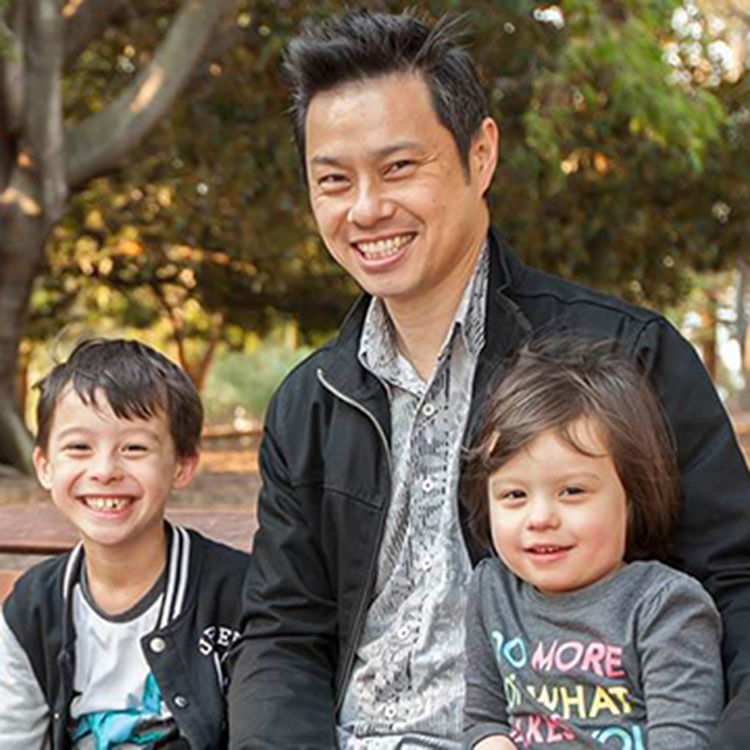Search
News & Events
Perth children and seniors needed for bird flu vaccine studyPerth researchers have begun a trial to test the effectiveness in children and seniors of a new vaccine to protect against the potentially deadly bird flu.
News & Events
Social disadvantage underpins children's poor healthThe impact of death, separation and divorce is having a profound impact on the lives of Aboriginal children.

Different audiences rely on us for very different things. Whether you're a valued donor, curious professional researcher, inquisitive member of the public, or a corporate supplier looking to offer support - we've collated the resources you need.
Dr Anthony Bosco, Professor Steve Stick, Professor Andrew Whitehouse, Dr Raelene Endersby and Dr Luke Garratt know how fortunate they are to have

Find out about our approach to procurement, what we procure and how to become a Supply Partner.
Find out how The Kids Research Institute Australia works with Government to influence policy and practice.

Ten-year-old Xander has been through more than most kids of his age – specifically, three-and-a-half years of gruelling chemotherapy to treat leukaemia.

Our job is to find the answers. It's helping us change kids' lives. See the "why?"s we're asking and answering.
Western Australia’s biggest and only medical research institute dedicated to improving kids’ health and wellbeing, has rebranded to The Kids Research Institute Australia.
Research
A diagnostic test for acute rheumatic fever (pilot study)Currently there are no diagnostic tests for ARF, and no treatments targeting immune responses to improve disease outcomes.
